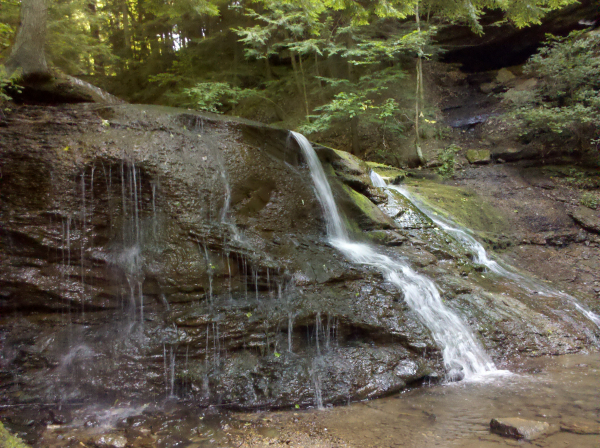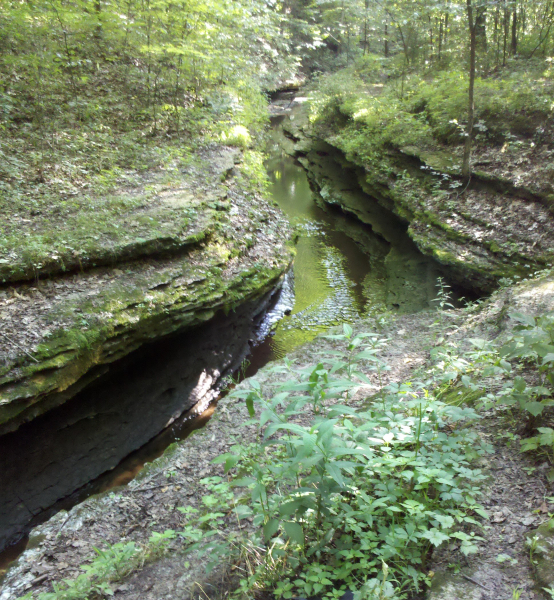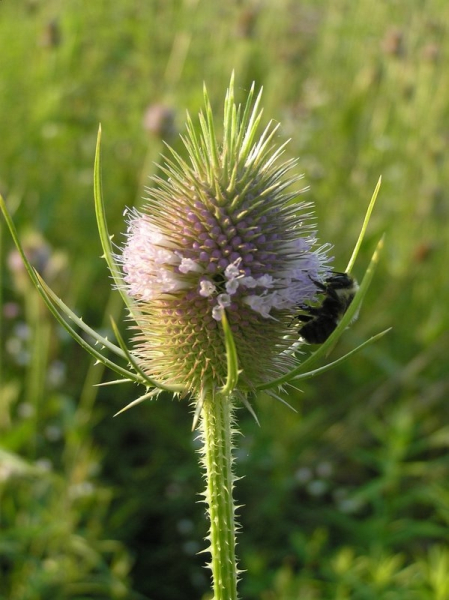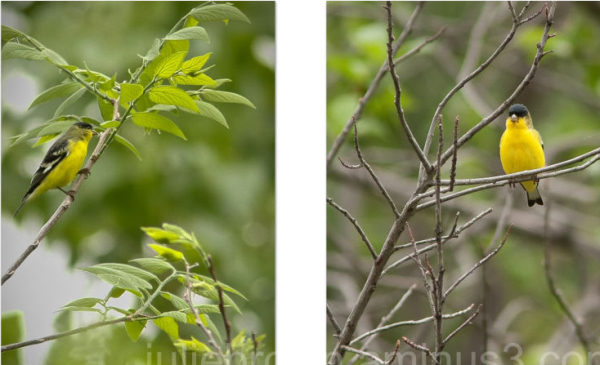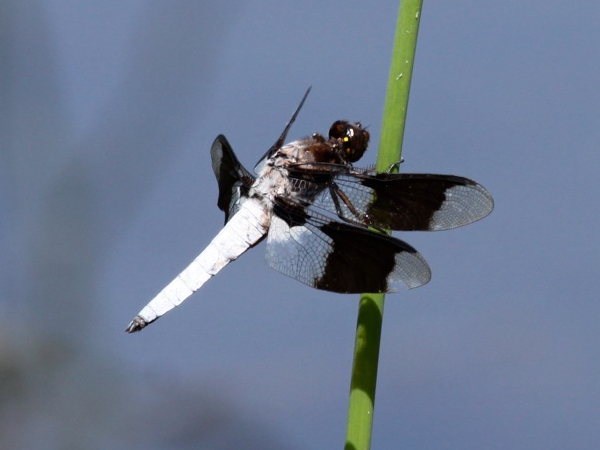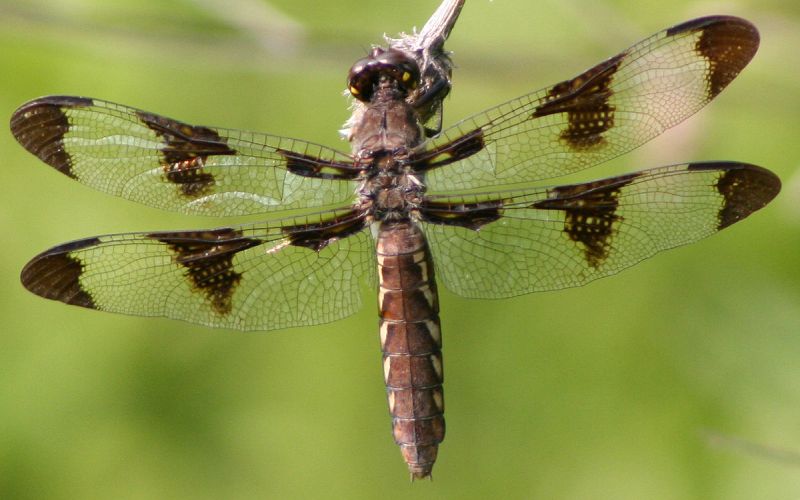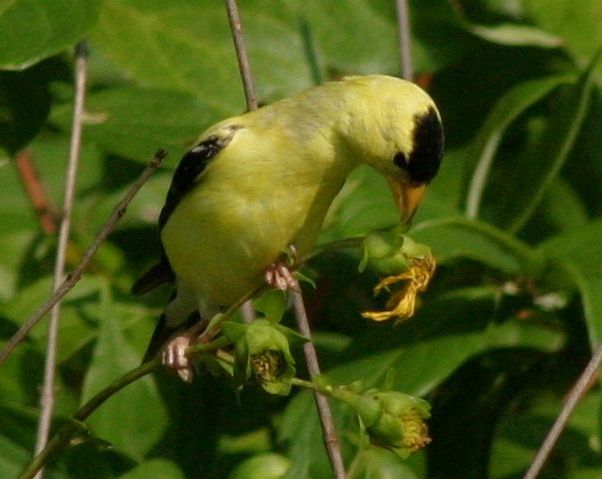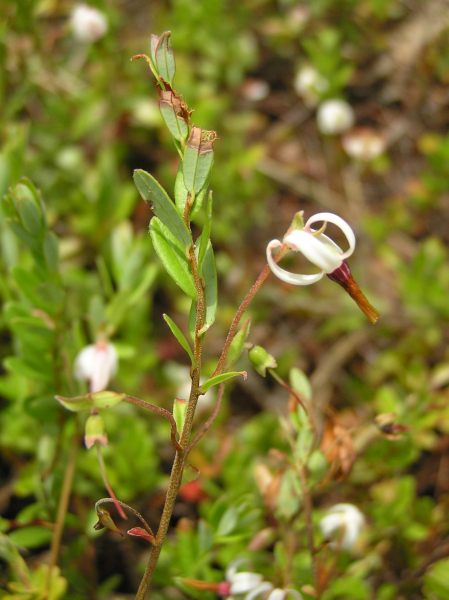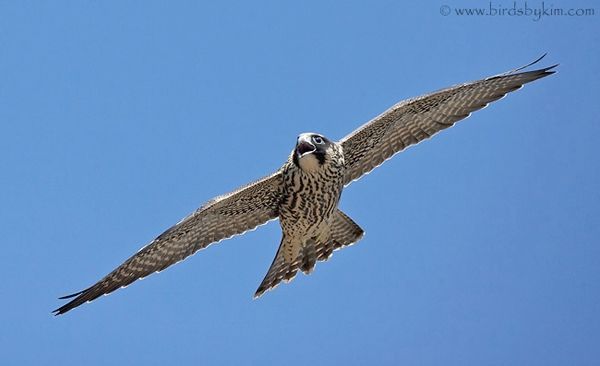
Song is an important territorial and mate-attraction signal for birds so how do they cope when there’s a lot of noise?
Many songbirds abandon noisy settings but some can handle it by changing their songs.
Dr. Clinton Francis of the National Evolutionary Synthesis Center in Durham, NC studied two species of western vireos in noisy areas and found that both altered their songs so they could be heard.
Gray vireos (Vireo vicinior) sang longer songs and raised the pitch of their highest notes while plumbeous vireos (Vireo plumbeus) sang shorter songs and raised the pitch of their lowest notes.
Where do these birds live that it’s so noisy? Near natural gas compressor stations in rural New Mexico. The compressors roar non-stop at more than 95 decibels.
Pennsylvania has a lot of compressor stations in Marcellus Shale drilling areas. Maybe Dr. Francis will study our birds.
Read more here in Science Daily.
And here’s a similar study done in Colorado.
(photo by Clinton Francis of the National Evolutionary Synthesis Center, linked from the Science Daily article)
